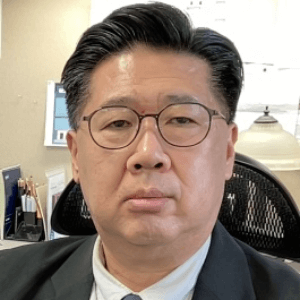Title : Intermittent hypoxic conditioning-induced exosome: Intervention for ischemic stroke treatment
Abstract:
Ischemic stroke is a leading cause of death and adult disability worldwide. Currently, the only FDA-approved treatment is tissue plasminogen activator (tPA). Over two decades ago, normobaric Intermittent Hypoxic Training (nIHT) was identified as beneficial for ischemia and reperfusion injury. More recently, the therapeutic potential of exosomes carrying various biological cargos has emerged. This presentation explores the possibility of using exosomes derived from IHT subjects as a novel treatment for ischemic stroke patients.
Method: Microglia, EOC 20, was exposed to the following groups: normoxia control, OGD-reoxygenation, nIHT, OGD-reoxygenation + nIHT, and OGD-reoxygenation + Exosome(nIHT). The OGD-reoxygenation protocol consists of 90 minutes of 0.1% O2 followed by 24 hours of normoxia. The 3-day IHT program consists of five to eight daily cycles of 5-10 minutes of hypoxia (4–3.5% O2) with intervening 4-minute reoxygenation. Exosomes were harvested as described in the exosome harvesting kit (Invitrogen). Calcein-AM assays were used to demonstrate the cellular protective effects of nIHT. Reactive oxygen species were measured using H2DCFDA. M2 phenotype changes were quantified using immunocytochemistry by staining CD206 on the cell surface. Representative pro- and anti-inflammatory cytokines were quantified by ELISA. The phagocytic activity of microglia was examined using a commercial phagocytosis assay kit. Data in this study were expressed as mean ± SEM. Multiple comparisons between groups were accomplished by one-way ANOVA combined with Tukey post hoc test. P<0.05 was considered statistically significant.
Results: The Calcein-AM assay indicates that nIHT induces microglia protection against OGD-reoxygenation. Exosomes harvested from nIHT recapitulate the protective effect of IHT against OGD and reoxygenation. CD206 expression on microglia treated with nIHT was significantly increased compared to the normoxia control (P<0.05). Exosomes harvested from nIHT carry the protective cargo induced during the nIHT to the damaged microglia. The phagocytic activity of microglia in the nIHT group is significantly increased by more than 12 times compared to the normoxia group. Reactive oxygen species generation after OGD-reoxygenation was increased by about 50% compared to the normoxic control. nIHT reduced ROS generation in OGD-reoxygenation.
Conclusion: Exosomes collected from nIHT can be stored and used to treat hypoxia-reoxygenation stressed cells for recovery.
Audience Take Away Notes:
- Normobaric Intermittent Hypoxia (IH) as an intervention for ischemia and reperfusion injuries?
- Does intermittent hypoxia regulate the Microglia activation?
- What is the benefit of the application of exosomes in ischemic stroke conditions?
- Can exosomes released from IH have the same cardiovascular protection effect as IH?




